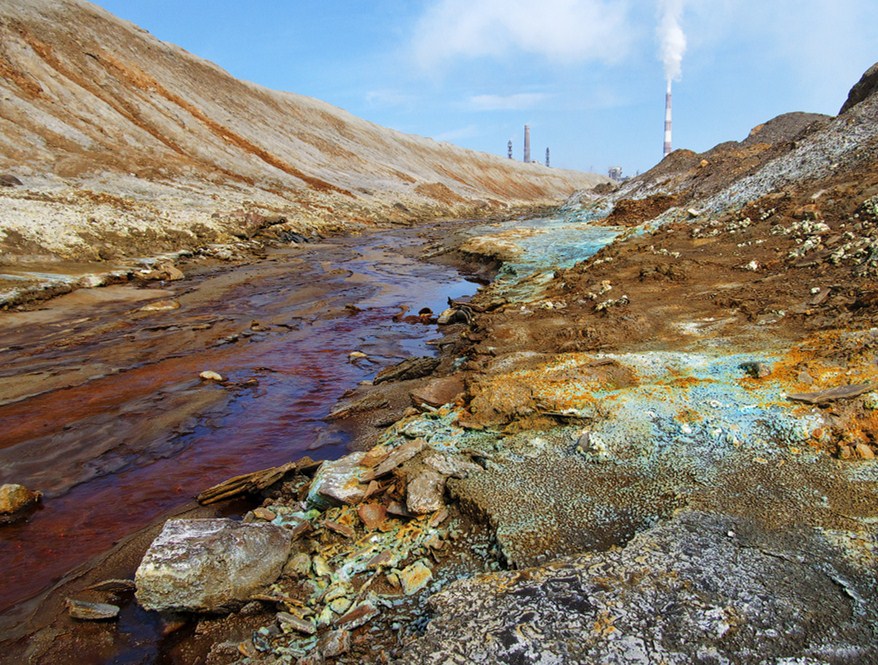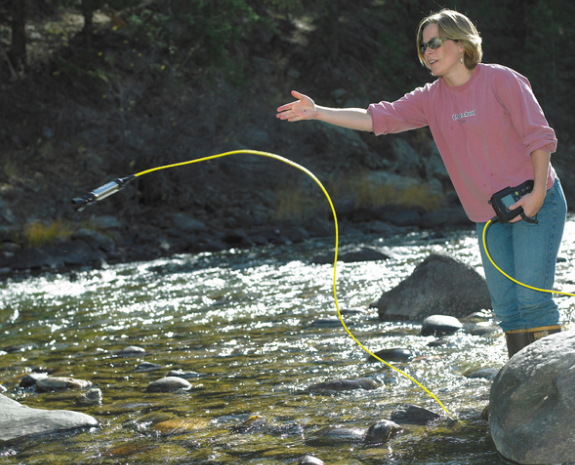1. How to use the pH meter
1. According to the requirements of the instrument manual, turn on the power, press the power button, and the instrument will warm up for 30 minutes.2. To install the electrode, first clamp the electrode clip on the electrode rod, and then install the glass electrode and calomel electrode as required. During installation, the glass bulb at the lower end of the glass electrode must be slightly higher than the bottom end of the calomel electrode ceramic core to avoid breaking. When using calomel, the small rubber plug on the top and the rubber sleeve on the bottom should be pulled out to keep the hydraulic pressure difference.
3. Before using the zero-point calibration and positioning instrument, that is, before measuring the solution to be tested, it must be calibrated first. But this does not mean that calibration should be done before each use. Generally, in continuous use, calibration once a day can meet the requirements. Set the instrument selection switch to "pH" gear or "mV" gear, and calibrate as follows:
(1) Plug the electrode into the instrument and set the selector switch to pH gear.
(2) The slope adjuster of the instrument is adjusted to the 100% position (that is, the position that is turned clockwise to the end).
(3) When the analysis accuracy is not high, choose a buffer solution (pH=7) that is closest to the pH value of the sample. When the analysis accuracy is high, choose two buffer solutions (that is, the pH value of the measured solution). Between or close to the two, such as pH=4 and pH=7).
(4) When the electrode is put into the first buffer solution, adjust the temperature regulator. Make the indicated temperature the same as the temperature of the solution, and shake the test cup to make the solution uniform. After the reading is stable, the reading should be the pH value of the buffer solution, otherwise adjust the positioning regulator.
(5) Put the pH meter electrode into the second buffer solution (such as pH=4), shake the test cup to make the solution uniform. After the reading is stable, the reading should be the pH value of the buffer solution, otherwise adjust the slope regulator.
(6) Clean the electrode and absorb the remaining water on the surface of the electrode bulb.
The regulators of the calibrated instrument should not be changed. When not in use, the bulb of the electrode is best immersed in distilled water, under normal circumstances, no correction is required within 24 hours. However, if one of the following situations is encountered, the instrument should be calibrated in advance:
①When the temperature of the solution changes greatly from the temperature at the time of calibration; ②The electrode that has been dried for a long time; ③The new electrode that has been replaced; ④When the "positioning" regulator has changed, or may be changed; (pH<2) or after concentrated alkali (pH>12); ⑥After measuring the solution containing fluoride, the acidity is after the solution with pH<7 and after the more concentrated organic solution.
4. Positioning (other models of acidity meter) Pour the pH standard buffer solution into a 50mL plastic cup (the buffer solution used is close to the pH value of the water sample to be tested). According to the positioning requirements of the manual, repeat it for 2 to 3 times, so that the indicator needle of the instrument is at the pH value of the standard buffer solution. At this point, do not move the positioning switch during the measurement.

2. Measurement of pH value of water sample
1. When the temperature of the test solution and the positioning solution are the same:Keep the "positioning" unchanged, remove the electrode holder upwards, clean the electrode head with distilled water, and blot it dry with filter paper; insert the electrode into the test solution, shake the test cup to make the solution uniform, and read the pH value of the solution.
2. When the temperature of the test solution and the positioning solution are different:
Keep the "positioning" unchanged, clean the electrode head with distilled water and blot it dry with filter paper. Use a thermometer to measure the temperature of the tested solution, adjust the "temperature" regulator to make the indication at the temperature value; insert the electrode into the tested solution, shake the test cup to make the solution uniform, and then read the pH value of the solution .
After the experiment is completed, remove the pH composite electrode and rinse it with distilled water, then put on the electrode protective cap after blotting dry with filter paper. A small amount of replenisher should be placed in the cap to keep the electrode bulb moist. The calomel electrode was rinsed with distilled water, dried with filter paper, put on a rubber sleeve and plug, and placed back in place for preservation. The glass electrode is still immersed in distilled water. Turn off the power.

At this point, the entire process of measuring the pH of the water by the pH meter is over.



